Salle Parish Church, Norfolk
PILGRIMAGE UK: HOLY PLACES

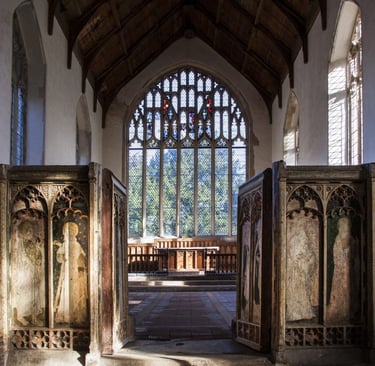
St Peter and St Paul Church in the village of Salle, Norfolk, stands as a remarkable witness to centuries of spiritual heritage. Its origins, deeply rooted in medieval monastic devotion and later evolving into a chancery chapel, have imbued this sacred edifice with an enduring aura of divine mystery and human endeavour. Today, the church remains both a place of local worship and a beacon of theological reflection, inviting visitors to contemplate how art, architecture, and liturgical tradition combine to reveal the presence of God.
The foundation of the church can be traced to the medieval period when monastic communities were shaping England’s spiritual landscape. Devoted to a life of prayer and contemplation, these communities saw the act of building a church as an expression of their commitment to God. They believed that every stone laid, every carved detail created, was a visible testament to the divine. St Peter and St Paul was conceived in this spirit, its design intended to lift the soul towards an awareness of eternal truth. The architectural choices echo early Christian monasticism where every element served as a beacon of sacred beauty, a conviction later articulated by theologians such as Thomas Aquinas, who posited that sacred art is a visible sign of invisible grace.
In time, the needs of the local community led the church to assume the additional role of a chancery chapel. During this period, wealthy patrons and benefactors supported the building’s upkeep and embellishment, commissioning its use for liturgical ceremonies and intercessory prayers. The chapel’s purpose was twofold: to provide a space for the celebration of the mass and to secure divine favour through the offering of prayers for the repose of souls. In this context, inscriptions such as “Orate pro anima” (pray for the soul) adorned the walls, resonating with the medieval belief that earthly supplications could bridge the temporal and the eternal. Such dual functions demonstrate the intricate interplay between worldly piety and the quest for heavenly grace.
Architecturally, St Peter and St Paul is an outstanding example of medieval design. Predominantly constructed in the Perpendicular style during the 15th century, the church is notable for its use of fine, imported Barnack stone rather than local flint—a deliberate choice reflecting both ambition and devotion. The resulting structure is at once imposing and graceful. Its soaring tower dominates the gentle Norfolk landscape, serving as a visible symbol of spiritual aspiration. Inside, the nave’s lofty vaults and delicately carved wooden beams invite the eye to rise heavenward, symbolising the believer’s journey from the mundane to the divine. Intricate tracery in the windows, though worn by the passage of time, hints at a once-vibrant tradition of stained glass iconography that transformed liturgical light into a dynamic tapestry of sacred narratives.
Within the sanctuary, every feature carries deep theological significance. The font, elaborately adorned with symbols evoking the seven sacraments, serves as a constant reminder of the transformative power of baptism. It signifies not only the initiation of the faithful into the mystery of Christian life but also the cleansing and renewal promised by the sacrament. Equally striking is the altar, whose design and embellishments bear witness to the creator’s artistic genius and the community’s fervent hope for divine blessing. This visible expression of sacred truth aligns with the teachings of Hans Urs von Balthasar, who asserted that the beauty of sacred spaces can lead the soul to an encounter with God’s hidden realities.
The church’s monastic origins further contribute to an atmosphere of austere serenity. The quiet cloisters, once used by devout monks for meditation and study, continue to offer a haven for contemplative reflection. These spaces remind visitors of Augustine of Hippo’s insight that the human heart remains restless until it finds rest in God. In these tranquil surroundings, the legacy of prayer and perseverance endures, allowing the modern pilgrim to experience a sliver of that medieval sacred discipline. The silence and solitude of the cloisters evoke a timeless invitation to disconnect from the noise of everyday life and reconnect with the divine mystery that has always animated the human spirit.
Equally enriching is the church’s historical role as a chancery chapel. The practice of offering intercessory prayer—so central to the chapel’s function—reflects a profound understanding of the interconnectedness of earthly life and eternal destiny. Medieval theologians held that every mass dedicated to the souls of the departed was not merely a ritual act, but a participation in God’s redemptive love. This belief has been echoed in later theological writings, confirming that the realm of prayer extends beyond the confines of personal piety to embrace the entire communion of saints. Thus, the prayerful atmosphere of St Peter and St Paul stands as a living reminder that sacred worship is a dynamic and communal enterprise.
Over the centuries, the church has accumulated a wealth of notable features that not only bear witness to its illustrious past but also continue to inspire contemporary reflection. The bell tower, with its sonorous calls, has long signalled both the passage of time and the perpetual presence of the divine. Each toll serves as an auditory reminder that time itself unfolds under God’s providence. Inside, fragments of medieval stained glass—depicting scenes of Christ, the Virgin Mary, and various saints—offer a visual catechism that speaks to the mysteries of faith. These colourful images, though partially lost to history, allow the faithful to partake in the visual language of devotion that transcends mere words.
The interplay between form and function is central to the church’s enduring appeal. Every carved detail, from the intricately sculpted corbels to the delicate ornamentation upon the pews, testifies to an era when art was viewed as a direct channel to the divine. Such aesthetic expressions have been championed by theological scholars who maintain that beauty, when approached with humility, becomes an act of worship in and of itself. St Peter and St Paul is therefore not just a repository of art and history but an active participant in the ongoing dialogue between the sacred and the secular—a dialogue that enriches the spiritual lives of its congregants.
Today, the church remains a vital centre of worship and community life in Salle. Its liturgical celebrations are imbued with the deep traditions of its past, yet they speak eloquently to the needs and challenges of modern life. Parishioners gather within its ancient walls, drawing inspiration from its storied heritage as they seek to navigate the complexities of contemporary existence. The continuity between the prayerful endeavours of medieval monks and the vibrant faith of today’s community underscores a timeless truth: that the pursuit of sacred understanding is an ever-evolving journey, one that binds generations together in the quest for divine light.
In reflecting upon the rich legacy of St Peter and St Paul, Salle, one is reminded that the church is far more than a relic of history; it is a living testimony to the enduring power of faith. Its monastic origins and its subsequent role as a chancery chapel illustrate the myriad ways in which humanity has sought to engage with the mystery of God. The beauty of its architecture, the solemnity of its ritual, and the quiet assurance of its sacred spaces all serve as enduring markers of the divine presence in the world. As theologians continue to explore the connection between material beauty and spiritual truth, the church stands as a quiet yet powerful advocate for the belief that God’s presence can be revealed through the most humble and enduring of human endeavours.
Ultimately, St Peter and St Paul Church in Salle invites all who enter to embark on a pilgrimage through time—a journey that spans the fervour of medieval devotion, the trust of intercessory prayer, and the serene confidence of contemporary faith. It remains a sanctuary where every stone, every carved detail, and every whispered prayer contributes to the continuing dialogue between heaven and earth. In this space, the faithful discover that sacred truth endures, offering solace, inspiration, and a profound reminder that the love of God is as constant and enduring as the ancient walls that shelter this holy place.
A Pilgrimage Through Time: Reflecting on the Sacred Legacy of St Peter and St Paul, Salle
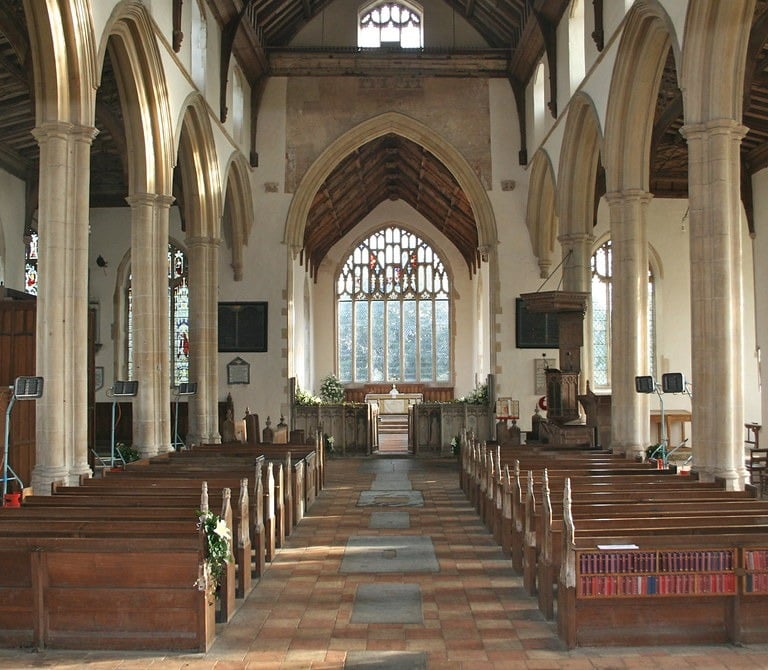

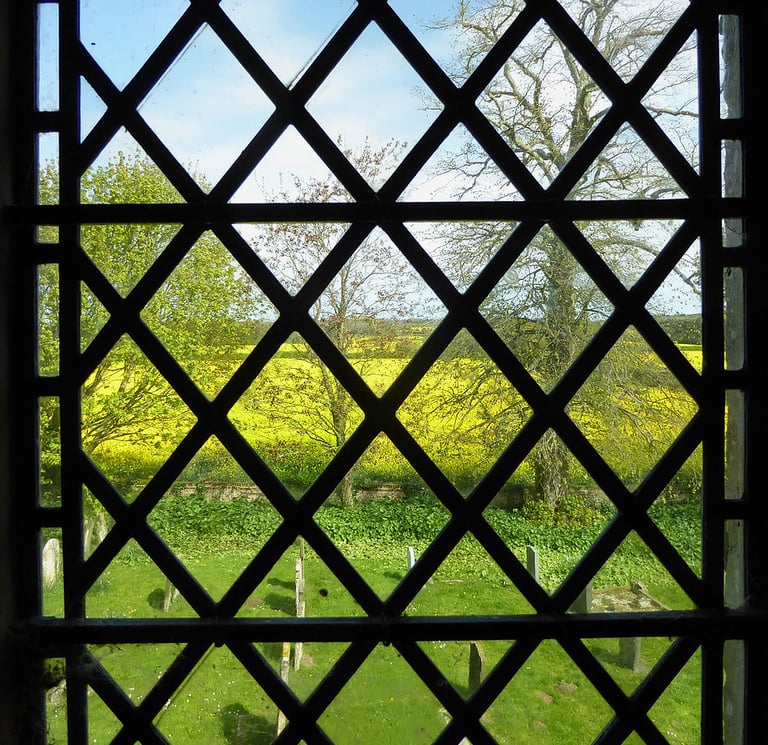


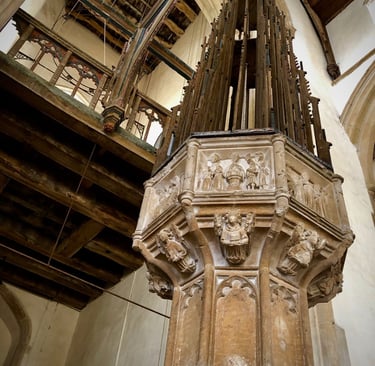
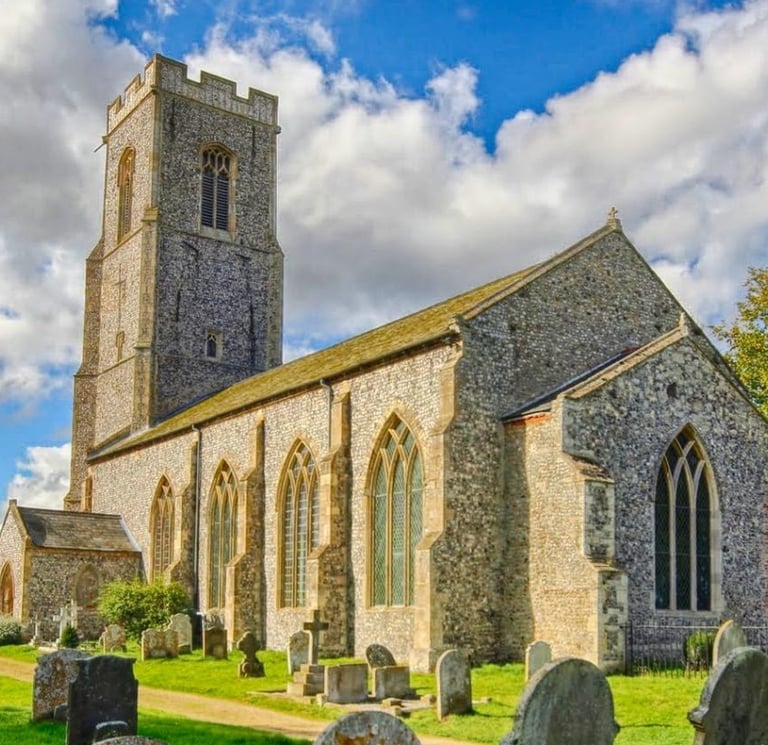

Ancient Apostolic Catholic Church
Embracing faith, inclusion, and compassionate service together.
ST THOMAS AQUINAS SEMINARY
© 2025. All rights reserved
QUICK LINKS
